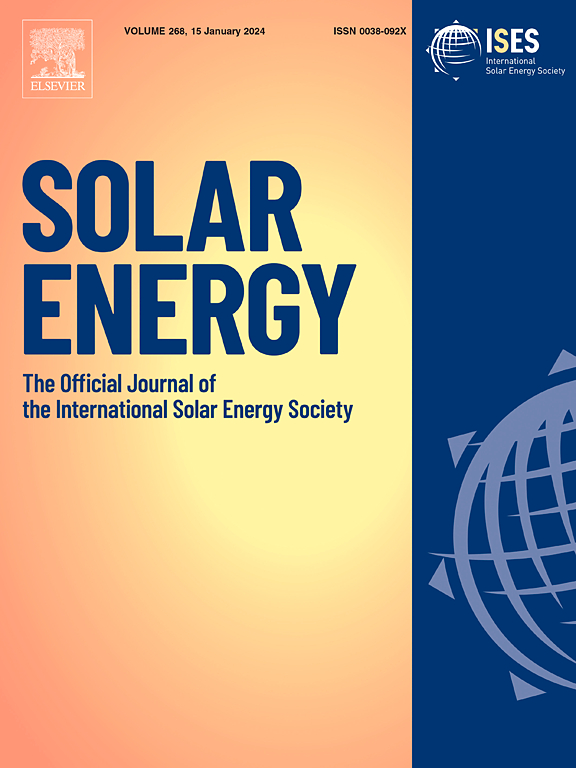On the importance of clearsky model in short-term solar radiation forecasting
IF 6
2区 工程技术
Q2 ENERGY & FUELS
引用次数: 0
Abstract
Clearsky models are widely used in solar energy for many applications such as quality control, resource assessment, satellite-base irradiance estimation and forecasting. However, their use in forecasting and nowcasting is associated with a number of challenges. Synchronization errors, reliance on the Clearsky index (ratio of the global horizontal irradiance to its cloud-free counterpart) and high sensitivity of the clearsky model to errors in aerosol optical depth at low solar elevation limit their added value in real-time applications. This paper explores the feasibility of short-term forecasting without relying on a clearsky model. We propose a Clearsky-Free forecasting approach using Extreme Learning Machine (ELM) models. ELM learns daily periodicity and local variability directly from raw Global Horizontal Irradiance (GHI) data. It eliminates the need for Clearsky normalization, simplifying the forecasting process and improving scalability. Our approach is a non-linear adaptative statistical method that implicitly learns the irradiance in cloud-free conditions removing the need for an clear-sky model and the related operational issues. Deterministic and probabilistic results are compared to traditional benchmarks, including ARMA with McClear-generated Clearsky data and quantile regression for probabilistic forecasts. ELM matches or outperforms these methods, providing accurate predictions and robust uncertainty quantification. This approach offers a simple, efficient solution for real-time solar forecasting. By overcoming the stationarization process limitations based on usual multiplicative scheme Clearsky models, it provides a flexible and reliable framework for modern energy systems.

求助全文
约1分钟内获得全文
求助全文
来源期刊

Solar Energy
工程技术-能源与燃料
CiteScore
13.90
自引率
9.00%
发文量
0
审稿时长
47 days
期刊介绍:
Solar Energy welcomes manuscripts presenting information not previously published in journals on any aspect of solar energy research, development, application, measurement or policy. The term "solar energy" in this context includes the indirect uses such as wind energy and biomass
 求助内容:
求助内容: 应助结果提醒方式:
应助结果提醒方式:


